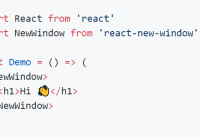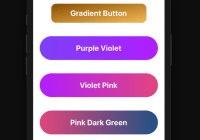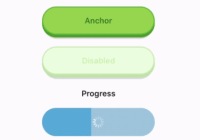Stickyard
Make your React component sticky the easy way, using render prop https://nihgwu.github.io/stickyard/
Install
# Yarn yarn add stickyard # NPM npm install --save stickyardProps
children
function({}) | required
Render whatever you want, it's called with an object with the following properties:
registerContainer(ref), pass to the container'srefprop.registerSticky(ref), pass to therefprop of whatever node within the container if you want to make it sticky.updateState(), update the sticky state manually, this useful if your content is resizable.getStickyOffsets(), return all the sticky-able elements' offsets.scrollToIndex(index), scroll to the specific sticky element by index.scrollTo(offset), scroll to the specific offset.
The ref-register must be passed to the real DOM node, so if the component is a wrapper uppon DOM node, you need to register it to the underlying DOM node, using
innerRefor something like that if provided.
stickyClassName
string
The className to be attached to the element when it's sticky.
This feature relies on
classListwhich is not supported below IE10, so it won't take any effect on IE9 or below, you can useonStickyto implement by yourself.
onSticky
function(index)
It's called when an element becomes sticky, -1 means there is no sticky element.
Usage
import Stickyard from 'stickyard' // pseudo code <Stickyard> {({ registerContainer, registerSticky }) => ( <div ref={registerContainer}> {items.map((item, index) => ( <div key={item.key} ref={item.sticky ? registerSticky : null}> {item.label} </div> ))} </div> )} </Stickyard>License
MIT © Neo





































































